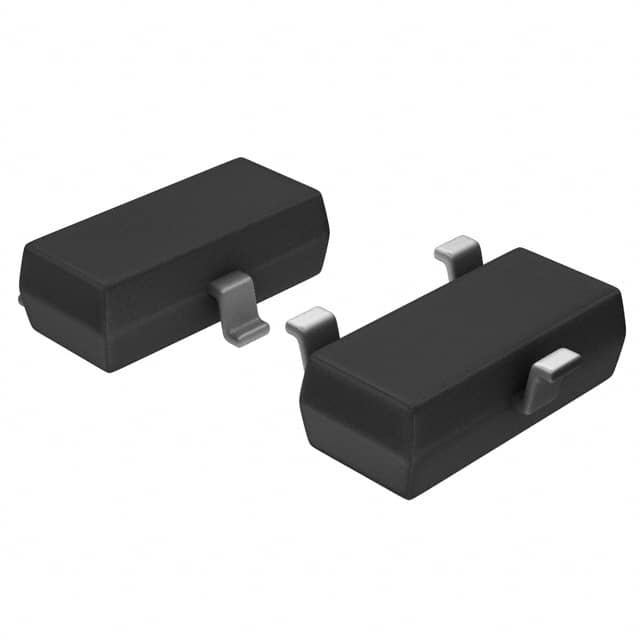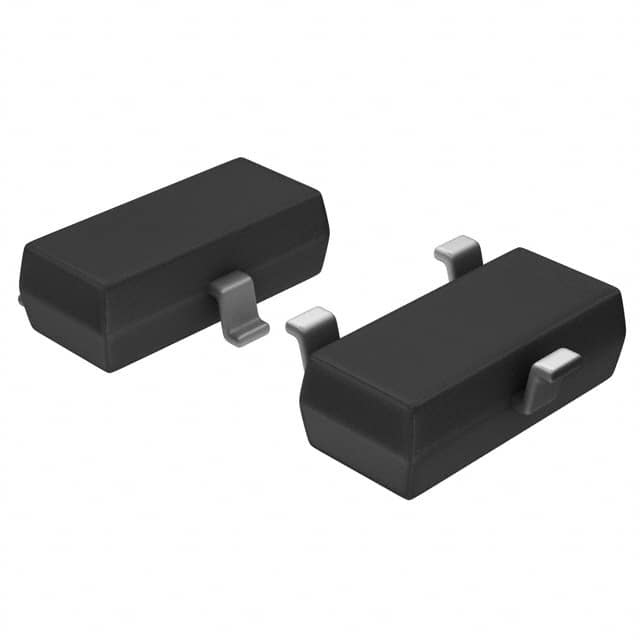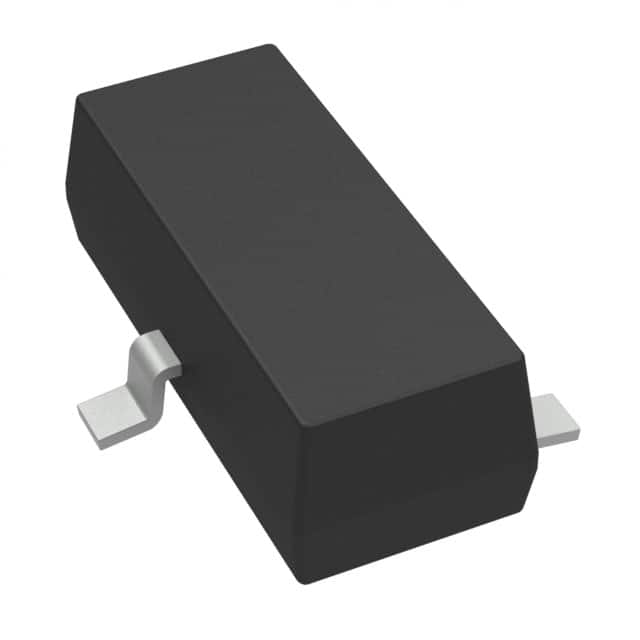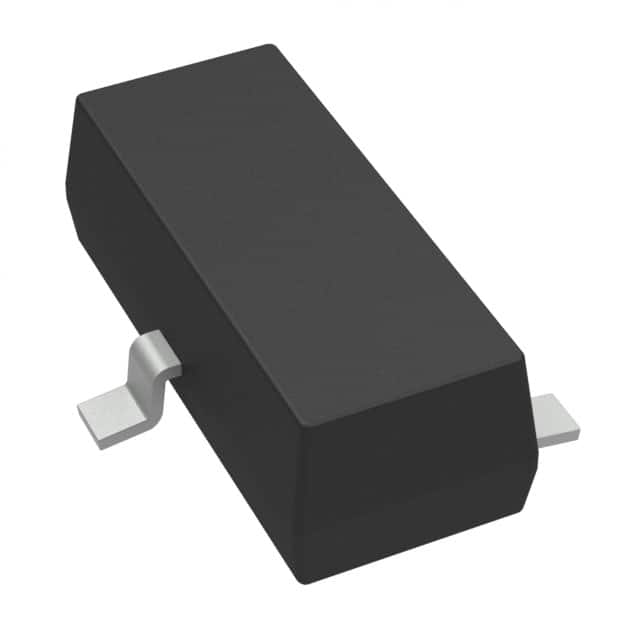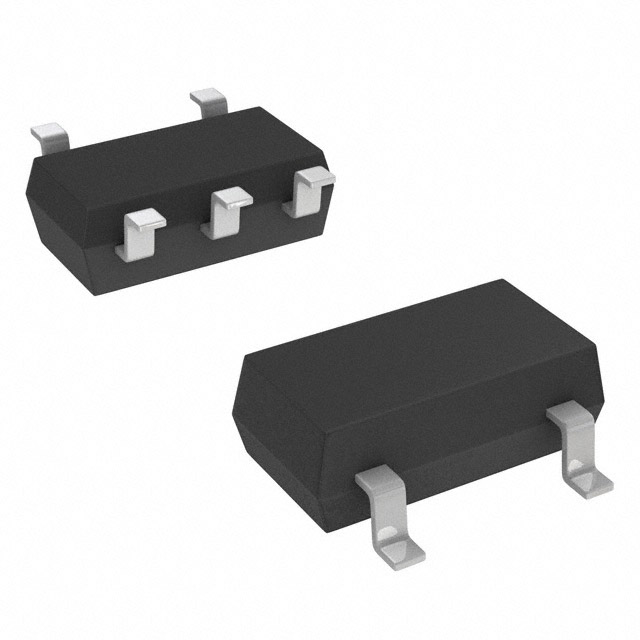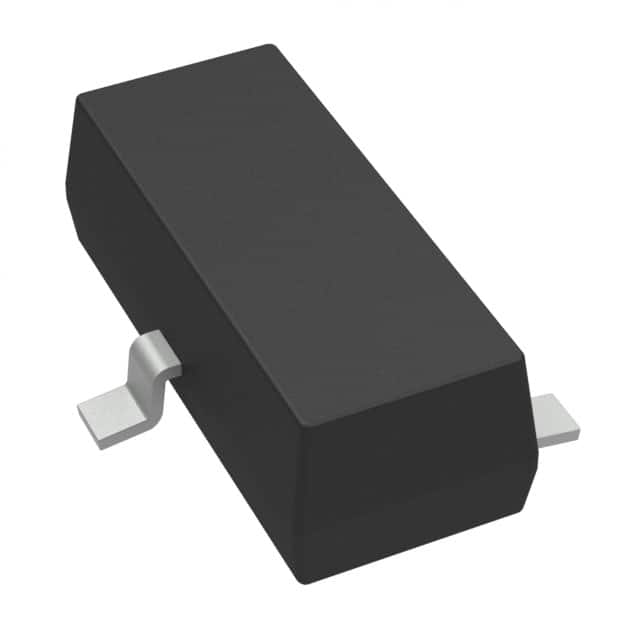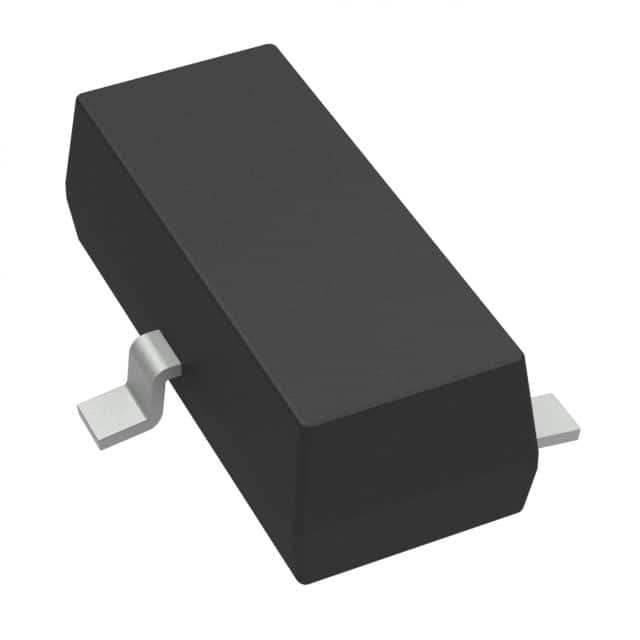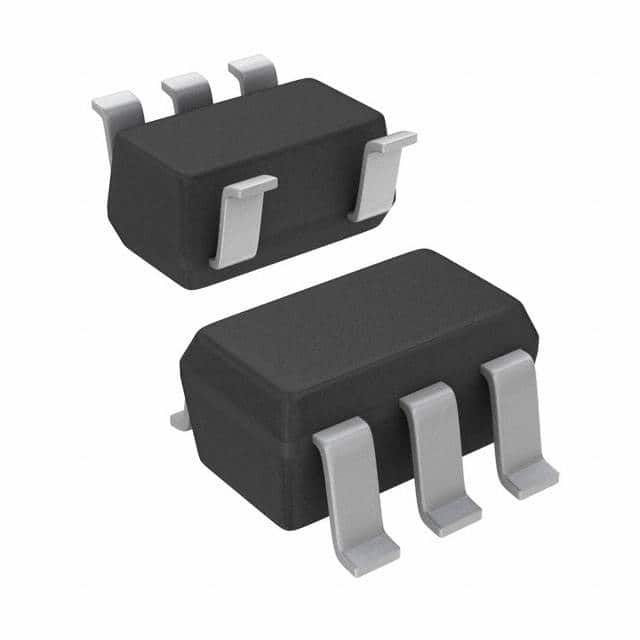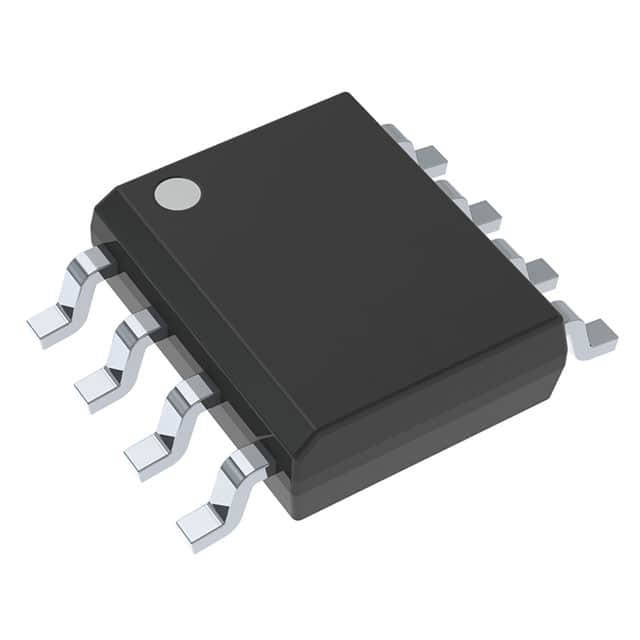LM4040QDEM3-2.5/NOPB Product Introduction:
Texas Instruments Part Number LM4040QDEM3-2.5/NOPB(PMIC - Voltage Reference), developed and manufactured by Texas Instruments, distributed globally by Jinftry. We distribute various electronic components from world-renowned brands and provide one-stop services, making us a trusted global electronic component distributor.
LM4040QDEM3-2.5/NOPB is one of the part numbers distributed by Jinftry, and you can learn about its specifications/configurations, package/case, Datasheet, and other information here. Electronic components are affected by supply and demand, and prices fluctuate frequently. If you have a demand, please do not hesitate to send us an RFQ or email us immediately sales@jinftry.com Please inquire about the real-time unit price, Data Code, Lead time, payment terms, and any other information you would like to know. We will do our best to provide you with a quotation and reply as soon as possible.
Introducing the Texas Instruments LM4040QDEM3-2.5/NOPB, a high-precision voltage reference that is designed to meet the demanding requirements of various applications. This voltage reference offers exceptional accuracy and stability, making it an ideal choice for a wide range of electronic devices.
One of the key features of the LM4040QDEM3-2.5/NOPB is its low voltage drift, ensuring consistent and reliable performance over time. With a typical temperature coefficient of only 20 ppm/°C, this voltage reference provides precise voltage references even in extreme temperature conditions.
Another notable feature of the LM4040QDEM3-2.5/NOPB is its low output noise, which makes it suitable for applications that require high signal integrity. This voltage reference also offers a wide operating voltage range of 2.5V, making it compatible with a variety of power supply designs.
The LM4040QDEM3-2.5/NOPB finds its application in a wide range of fields, including industrial automation, medical devices, telecommunications, and consumer electronics. It can be used as a voltage reference for analog-to-digital converters, digital-to-analog converters, and precision voltage regulators. Its high accuracy and stability make it an excellent choice for applications that require precise voltage references.
In summary, the Texas Instruments LM4040QDEM3-2.5/NOPB is a high-precision voltage reference that offers exceptional accuracy, stability, and low noise. With its wide operating voltage range and low voltage drift, it is a versatile solution for various electronic devices and applications.
Voltage Reference is an electronic component or circuit that provides accurate and stable voltage output. It is the standard used to establish the reference voltage in many electronic systems. The voltage reference can be a standalone integrated circuit (IC) or it can be a component included in a larger system. The output voltage of the voltage reference is usually very stable and is not affected by factors such as temperature changes, power supply voltage fluctuations, etc., which makes it an indispensable component in electronic design.
Application
Voltage Reference has a wide range of applications, covering almost all electronic devices and systems that require high-precision voltage reference. In the field of industrial automation, voltage reference is used in precision measuring instruments and sensor signal processing in process control systems to ensure the accuracy of measurement data and the stability of control processes. In the field of communication, as a reference voltage source for key components such as clock generator and signal modulator, it is very important to ensure the quality of communication. In the field of consumer electronics, with the popularity of smart devices, the demand for power management is increasing, and voltage reference plays an important role in battery management systems and charge control. In addition, in the field of medical electronics, aerospace, scientific research and other high-precision requirements.
FAQ about PMIC - Voltage Reference
-
1. How to choose a voltage reference?
Voltage references are used in the following situations:
As a reference for measurement: When measuring voltage, the voltage reference provides a stable reference point, making the measurement result more accurate and reliable. When measuring, the negative end of the voltmeter is grounded and the positive end is connected to the measured point, so that the measured value is the voltage value of the measured point.
Adjust and calibrate other circuit elements: The reference voltage can be used to adjust and calibrate other circuit elements to improve the performance of the entire system. By comparing with the reference voltage, various parameters in the circuit can be accurately adjusted to ensure the stability and accuracy of the system.
Setting thresholds and judgments: In comparison circuits, reference voltages are used to set thresholds and make judgments. By comparing with the reference voltage, the rationality of various states and signals in the circuit can be determined.
-
2. What is a shunt voltage reference IC?
A shunt voltage reference IC is a chip used to measure the potential of each point in a circuit, mainly used to determine the reference potential of the circuit. It converts a DC power supply or battery-powered AC power into a low-voltage differential voltage signal output through a resistor, and then converts it into a digital quantity by an AD conversion circuit. It is widely used in various measuring instruments, meters and control systems.
-
3. What is a voltage reference IC?
A voltage reference IC is an integrated circuit used to provide a stable voltage reference point. It is widely used in various electronic circuits to ensure the normal operation of other circuits. Voltage reference ICs are key components for high-precision data acquisition and processing, and are often used in measuring instruments, control systems and other fields.
The working principle of a voltage reference IC is to convert a DC power supply or battery-powered AC power into a low-voltage differential voltage signal output by reducing the voltage through a resistor, and then convert it into a digital quantity by an analog-to-digital conversion circuit. Such devices play an important role in various measuring instruments, meters and control systems.
 Lead free / RoHS Compliant
Lead free / RoHS Compliant












